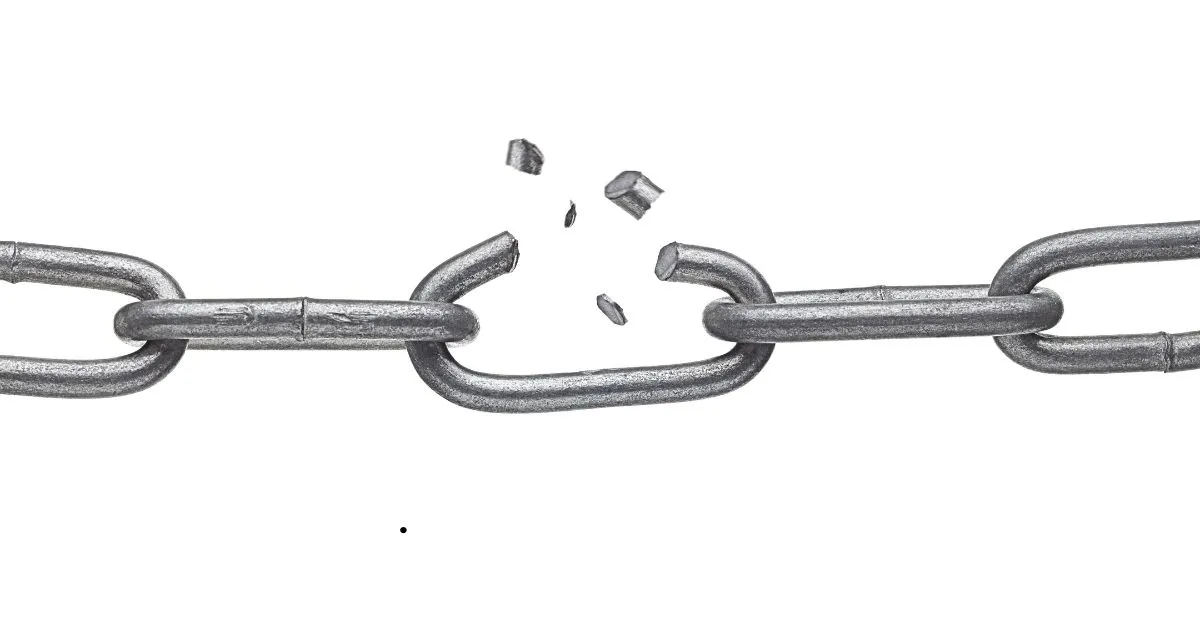
10 Smart Ways to Fix Broken Links
Broken links are like potholes on a digital highway—they disrupt the user experience, frustrate search engine bots, and hurt your site’s SEO performance. Whether they point to internal pages or external websites, fixing broken links is essential for maintaining site quality and authority.
Let’s break down 10 smart ways to identify, fix, and prevent broken links—the right way.
1. 🕵️♂️ Use SEO Tools to Detect Broken Links
The first step is to find them. Fortunately, there are plenty of tools that make this easy.
Recommended tools:
Ahrefs – Site Audit > Internal Pages > 404 Errors
Screaming Frog SEO Spider – Crawl your entire site and filter by “Client Error (4xx)”
Google Search Console – Coverage > Errors or Excluded
Tip: Run these scans regularly to catch issues early.
2. 🔁 Redirect Broken URLs Using 301 Redirects
If a page has been moved or deleted, don’t leave visitors hanging—redirect them.
Best practices:
Use a 301 redirect to permanently point to a new or similar page.
Always redirect to the most relevant alternative.
Avoid redirect chains (A → B → C).
3. ✍️ Update Outdated Internal Links
Sometimes links break because of updated URLs or permalink changes.
What to do:
Update links in your menus, blog posts, product pages, and footers.
Use a site-wide find-and-replace tool (especially for CMS platforms like WordPress).
Maintain consistent URL structures to minimize breakage.
4. 🌐 Fix or Replace Broken External Links
Outbound links to dead pages harm both SEO and user trust.
Quick fixes:
Find alternatives (e.g., same article on a different site)
Use archive.org to link to cached versions (if valuable)
Or simply remove the link if no alternative exists
Bonus: Fixing external links can improve your site's trustworthiness in Google's eyes.
5. 📤 Set Up Custom 404 Pages
Even if a broken link slips through, a well-designed 404 page keeps users engaged.
Must-haves on your 404 page:
Clear message (“Oops, page not found!”)
Helpful links to popular or recent content
A search bar or homepage button
6. 🔍 Monitor Broken Links Regularly
Broken links are an ongoing issue—not a one-time fix.
Tips:
Schedule monthly audits
Set up automated alerts via Ahrefs or SEMrush
Encourage your team to report broken links during routine updates
7. 📦 Keep Your Sitemap Updated
Search engines rely on your sitemap to discover valid URLs.
Action steps:
Remove outdated or broken pages from your sitemap
Only include indexable, canonical, and live URLs
Resubmit to Google Search Console after updates
8. 💬 Ask for Backlink Fixes (for Broken Inbound Links)
If another website is linking to a broken page on your site, reach out and ask them to update the link.
Why it matters:
Reclaim lost link equity
Improve referral traffic
Strengthen your domain authority
Use tools like Ahrefs to find broken backlinks under “Best by Links > 404 Pages.”
9. 🧱 Use Plugins or Extensions to Fix Links in Bulk
If you're on WordPress or similar CMS, you can speed up fixes with plugins.
Popular options:
Broken Link Checker (WordPress)
Redirection Plugin – Easily manage 301s
Link Whisper – Helps with internal linking and fixing broken paths
10. 🧠 Train Your Content Team on Link Hygiene
Broken links often creep in from user-generated content, blog updates, or poor CMS practices.
Prevention tips:
Educate your writers and editors to double-check links before publishing
Use built-in link checkers or browser extensions
Establish a link-checking step in your content QA process
🚀 Fixing Broken Links = Higher Rankings & Better UX
Every broken link is a missed opportunity—for conversions, traffic, and SEO. By staying proactive and using these 10 smart strategies, you can maintain a clean, healthy, and optimized website.